LaTeX templates and examples — Getting Started
Recent
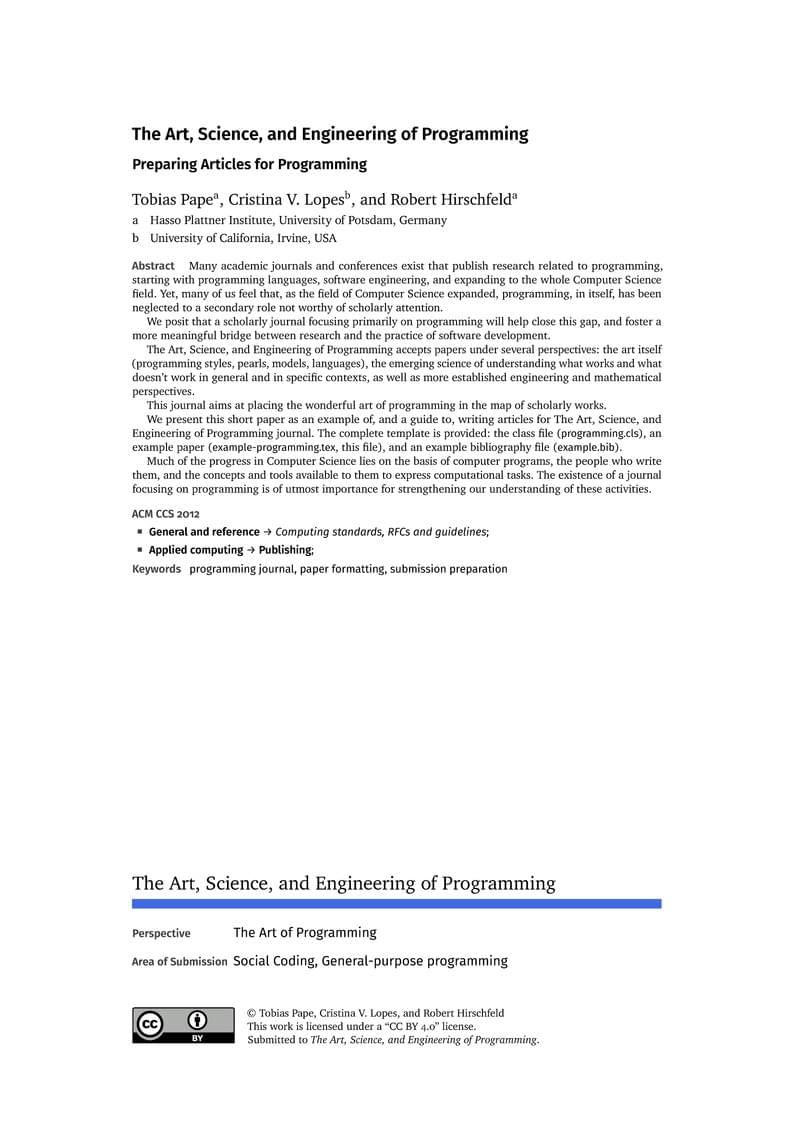
The Art, Science, and Engineering of Programming is a new journal created with the goal of placing the wonderful art of programming in the map of scholarly works. Many academic journals and conferences exist that publish research related to programming, starting with programming languages, software engineering, and expanding to the whole Computer Science field. Yet, many of us feel that, as the field of Computer Science expanded, programming, in itself, has been neglected to a secondary role not worthy of scholarly attention. That is a serious gap, as much of the progress in Computer Science lies on the basis of computer programs, the people who write them, and the concepts and tools available to them to express computational tasks. The Art, Science, and Engineering of Programming aims at closing this gap by focusing primarily on programming: the art itself (programming styles, pearls, models, languages), the emerging science of understanding what works and what doesn’t work in general and in specific contexts, as well as more established engineering and mathematical perspectives. This is an example of and a guide to writing articles for The Art, Science, and Engineering of Programming.
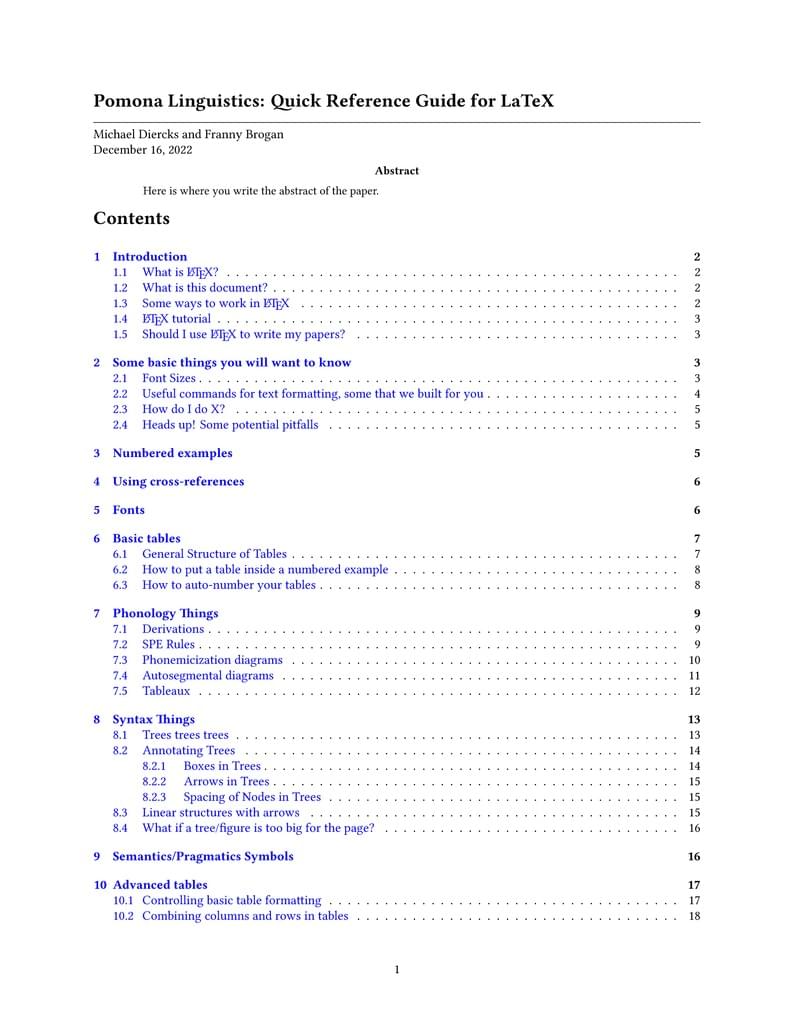
A template for writing papers in Linguistics at Pomona College. This guide has instructions for how to use the packages that are included in the template. The explanations given here (as well as the resources that are linked to in the guide) should give a complete LaTeX novice everything they need to write a linguistics paper at Pomona College. This will likely also be useful to linguists and linguistics students in other places who are learning LaTeX.
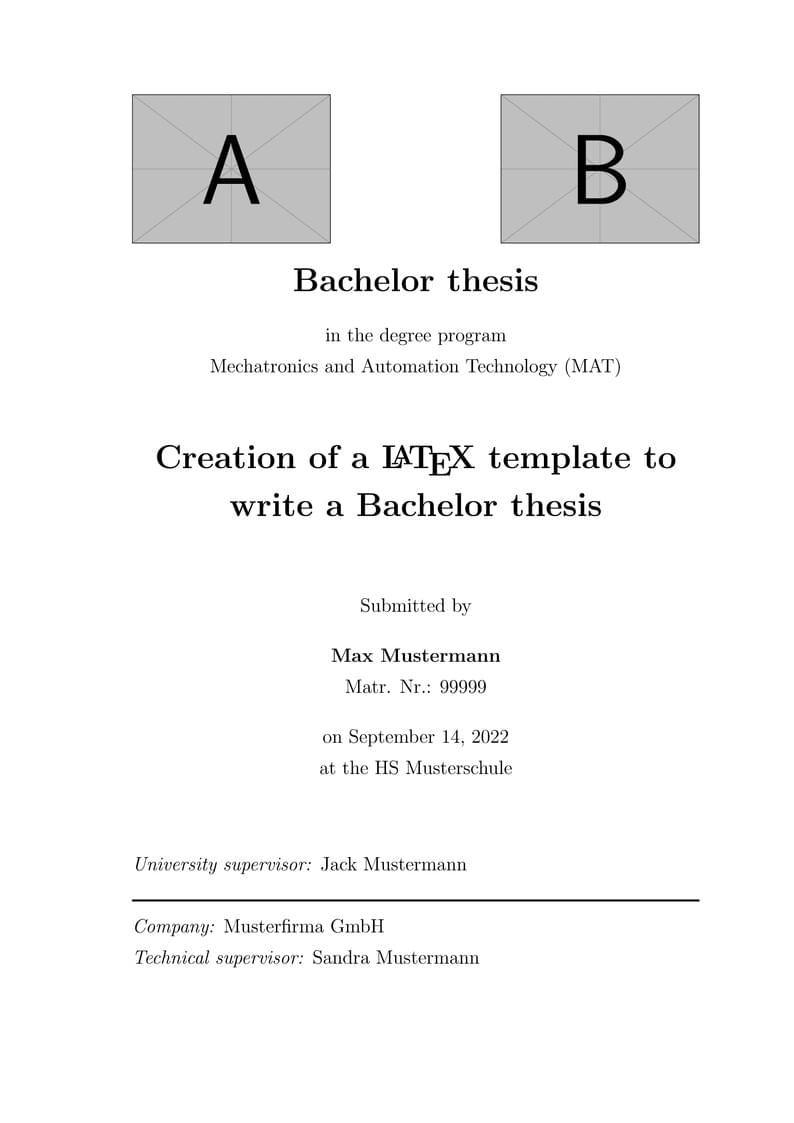
This template includes a variety of useful packages to help you write your thesis without regards for the style. It is divided in a simple yet standardized and logical sections from beginning to end and contains all important aspects that must be taken into consideration such as bibliography and tables of contents, lists, figures and so on. Note: This template comes with some guides to help you create environments for inserting images, tables, code snippets, etc., but I highly recommend you to learn a little bit more about latex, especially if you have never used it before

This example shows how to write in Thai in LaTeX using the thailatex package. It uses UTF-8 encoding so you can type Thai characters directly in the LaTeX source code. It also shows how to mix Thai with English using the babel package.

Cursus LaTeX opgebouwd als typevoorbeeld voor het schrijven van een thesis. "Een uitstekende bron om van te vertrekken, is de cursus van Gaspard. Deze werd opgevat als een thesis, waardoor er uitermate weinig moet aangepast worden om op basis hiervan een thesis te schrijven." (Downloaded from LaTeX templates en logo's)
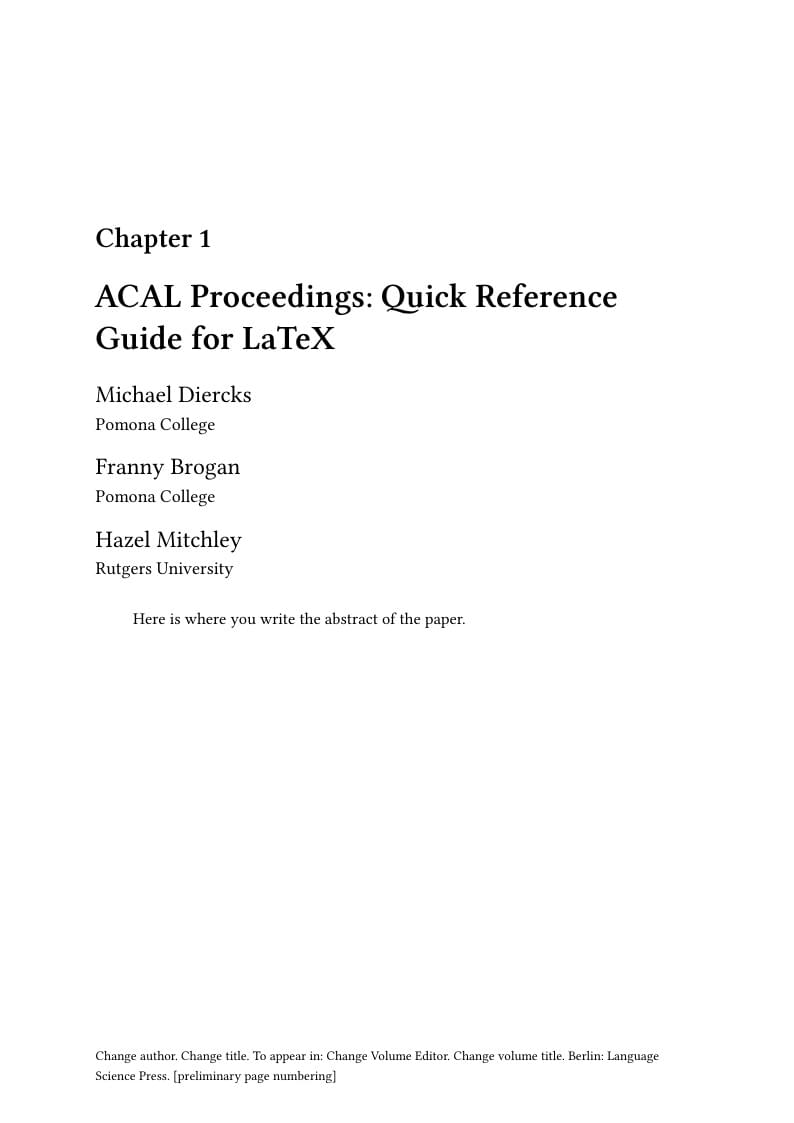
An introduction to LaTeX for beginners, designed to help scholars publish papers with the proceedings of the Annual Conference on African Linguistics. The template is built on Language Science Press's Overleaf template, and borrows heavily from the Pomona College Linguistics Overleaf Template.
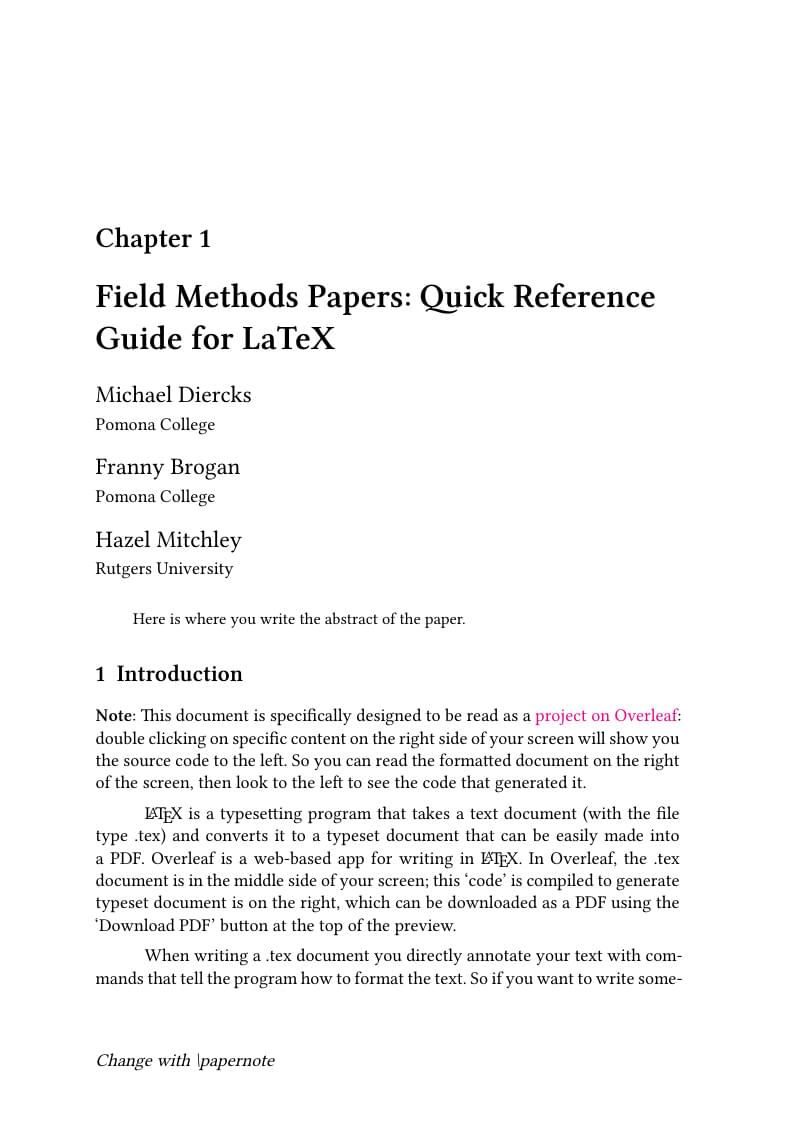
A template for writing papers for the Linguistics Field Methods course at Pomona College. This guide has instructions for how to use the packages that are included in the template. The explanations given here (as well as the resources that are linked to in the guide) should give a complete LaTeX novice everything they need to write a Field Methods paper at Pomona College.
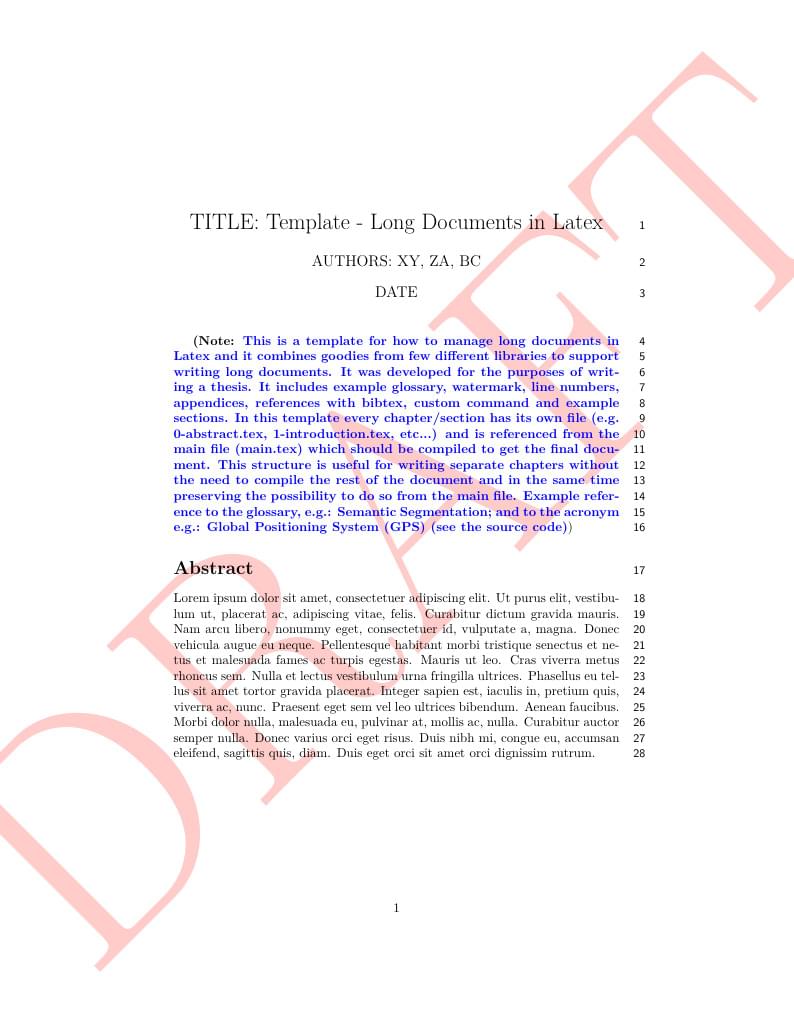
This is a template for managing long documents in LaTeX. It combines goodies from few different libraries to support writing long documents. It was developed for the purposes of writing a thesis. It includes example split of files, glossary, watermark, line numbers, appendices, references with BibTeX, custom command and example sections.
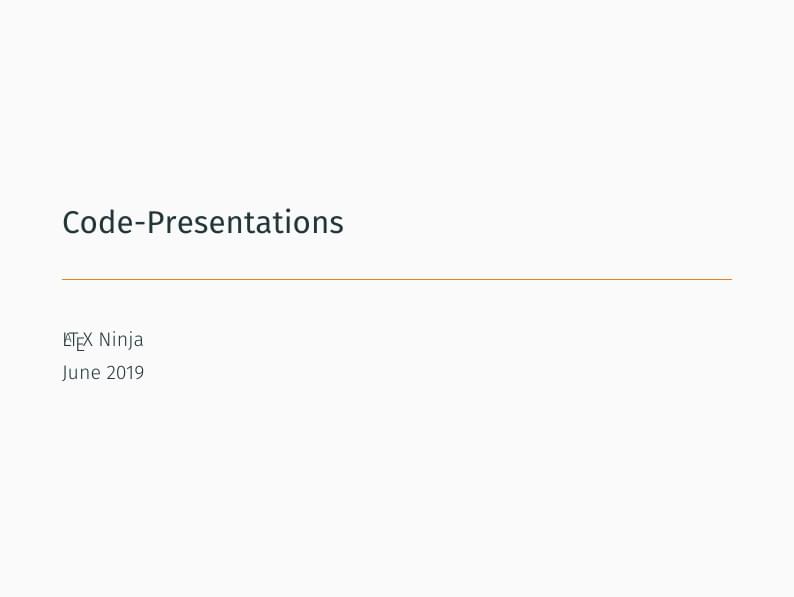
This is an example illustating how to typeset code in LaTeX, especially in beamer presentations. It uses the metropolis theme. It is a presentation with one slide per "technique" which include some explanatory comments. Examples shown are minted, lstlisting, verbatim, tcolorbox and knitR. The main document has the ending ".Rtex" which is required if you want it to be able to run knitR. Otherwise, you can just use normal ".tex". It is accompanied by a blog post with more information here. In this blog post, some complications which can arise when using code listings in beamer are discussed (package clashes, etc.), so this might be informative if you want to learn more.
\begin
Discover why over 20 million people worldwide trust Overleaf with their work.